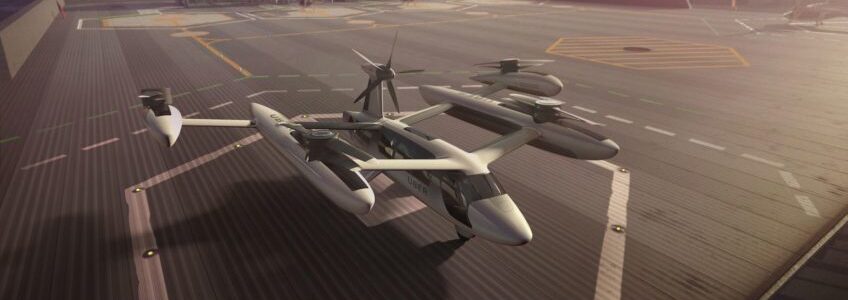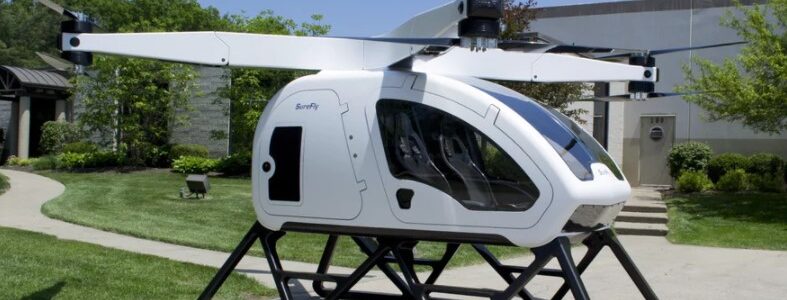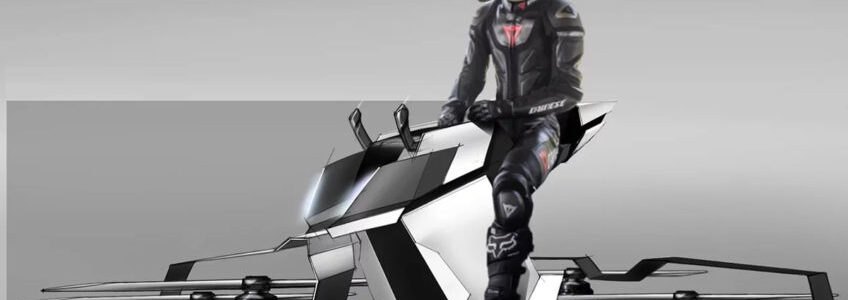A new research study by A.T. Kearney and HP Inc has revealed some interesting data. The UK is placed fifth overall in adopting 3D printing and additive manufacturing behind the US, Germany, Korea and Japan. Within Europe, Britain came in second only behind Germany (placed second globally), and ahead of Sweden (eighth), France (ninth), and Italy at twelve.
According to HP Inc, Germany is the only European country with a more positive environment for the technology to transform manufacturing. Although we’ll see some positive data on 3D printing and additive manufacturing, it’s not all sunshine and roses.











Recent Comments